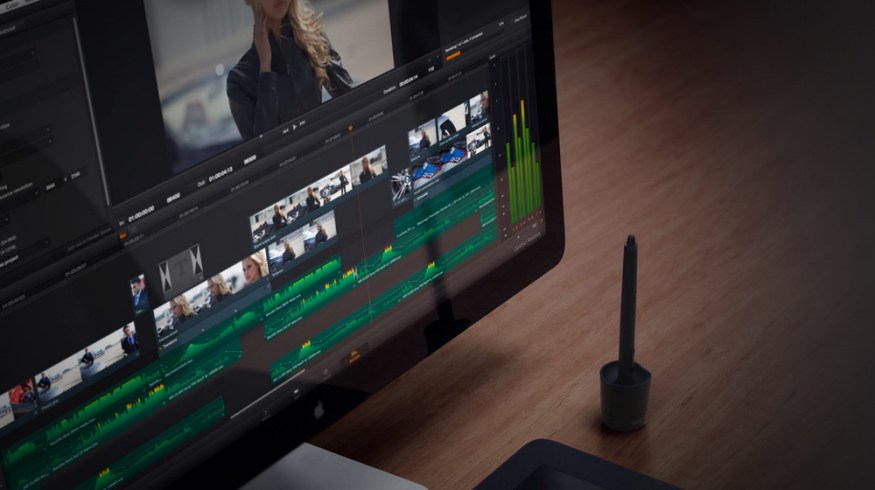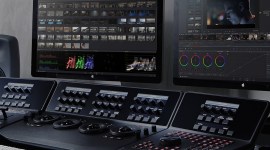
Utilizing Remote Grades in DaVinci Resolve
Use Remote Grades is a simple but powerful feature that remains a bit hidden in Resolve’s current form. Let’s learn how to access and use it.
Some Clarification First: Use Remote Grades is different than Remote Grading. Use Remote Grades allows us certain workflow shortcuts that will make grading many projects quicker. Remote Grading allows you to control a Resolve suite in another part of the world, enabling your clients to tweak from afar. In this article we’ll be talking about the former. Yes, it’s confusing that both features share the same name yet refer to two different things inside the same software.
Utilizing Use Remote Grades
Step One: Load a sequence. In the Color tab, right-click any shot and select Use Remote Grades. It’s important to do this at the beginning of the session before performing any grading. If you don’t, any grades you’ve performed will seem to disappear. They haven’t. You’ve just been working in the local grading mode which will not ripple to any other sequences. If you right-click a shot again and select Use Local Grades, your local work comes back.
Right-click any shot in the timeline to access the remote grading feature.
When you enable remote grades, the timeline changes in subtle ways. You may have gotten used to grouping clips together that share the same setup. In remote grading, some grouping has already been done for you. This may or may not be what you want based on how tightly the material was shot.
For an indoor interview, you may be fine if the shooter hasn’t tweaked the exposure during the shot’s duration. If shooters were running and gunning around the set of a reality show, the grade you have for one section of a clip may not apply to another. When you want to apply different grades to shots that have been rippled together, you can unlink the dailies by creating a new version of the shot you want to treat differently.
Remote grades are denoted with “(R)” below the thumbnail. You can see when several clips share the same dailies by the red box arrow icon above the shot’s thumbnail. When grading one of these clips, the thumbnails for all joined dailies update like grouped clips. I’ve used this feature for longer-form projects to reduce the number of shots needing grading.
Shot 09, 10, and 11 share the same piece of media, denoted by the red arrow icon. The same grades will ripple to the other two shots when one is graded. You can tell you’re in remote mode by the “(R)” underneath the shot’s thumbnail.
Remote grades can be powerful in a commercial workflow. It’s common to work on a 30-second ad and a 15-second cutdown of the same material. The client may ask you to play the :15 once the :30 has been graded. Even though both ads exist in different timelines, the grades will ripple across and the :15 will be graded and ready to play. Grouping doesn’t work across multiple timelines, so managing grades would otherwise be a manual process when addressing the cutdown.
Remote grades can speed up workflow and grade management. Applying the steps found in this tutorial will allow you to focus on the more interesting creative aspects of the job. Looking for more Resolve tips and tricks? Try these links:
- Color Grading: Bleach Bypass Looks in DaVinci Resolve
- Sunkissed and Sepia Looks in DaVinci Resolve
- The Isolated Color Look in DaVinci Resolve
Got any obscure DaVinci workflow advice that you’d like to share? Let us know in the comment section.







